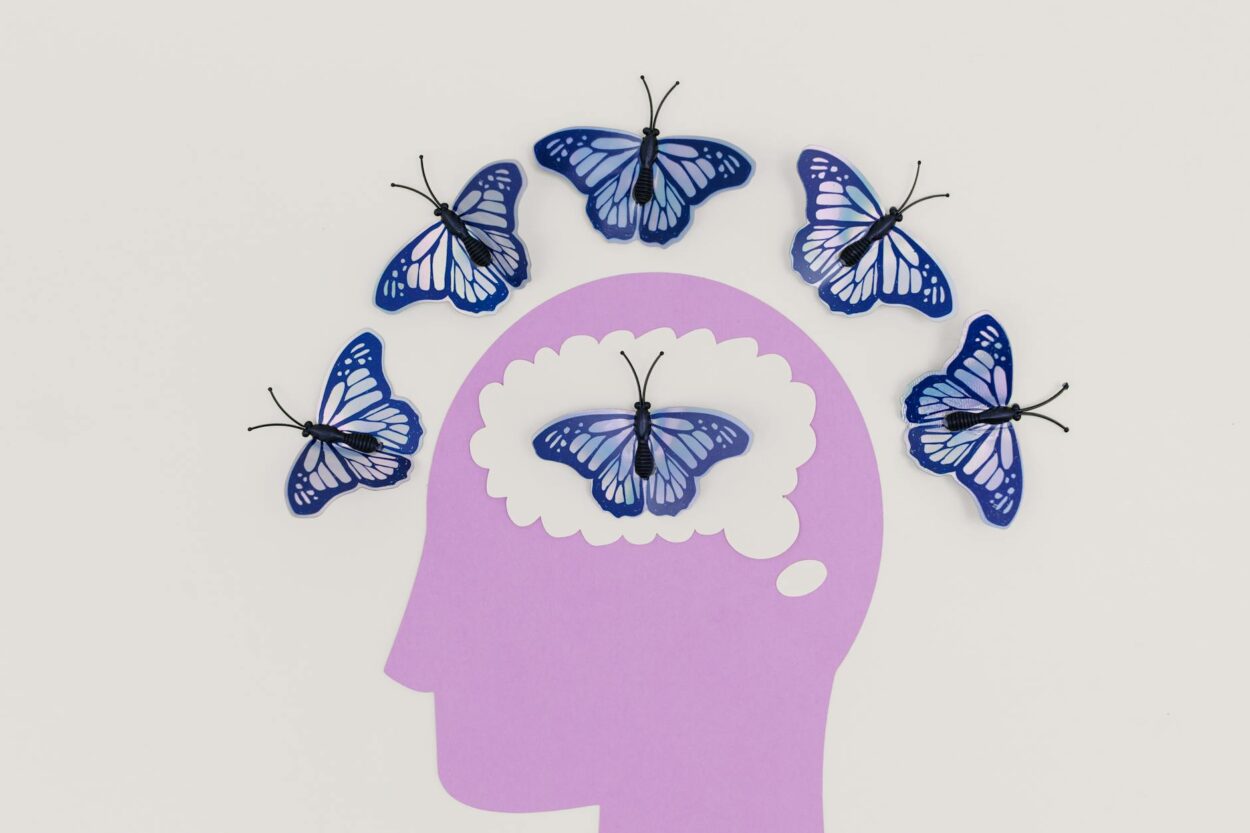The human brain is the main organ of the central nervous system (CNS) that controls many body functions, including thoughts, sensory interpretation, and body movement. It comprises the cerebrum, cerebellum, brain stem, and meninges. Billions of neurons in the brain communicate with each other through synapses.
A brain bank is a repository of post-mortem human brains to foster research into CNS structure, function, and neuropsychiatric disorders. The value and significance of brain banks lie in providing human post-mortem brain tissue and other biological materials for research purposes. The brain bank’s goal includes providing high-quality tissues/tissue fluids with pathological or clinical diagnoses to neuroscience researchers, enabling them to focus on studies with readily available material. The primary function of a brain bank is to store, catalogue, and distribute brain tissue samples to researchers. There are around 200 functional brain banks worldwide with collected samples from donors with neurological or cerebrovascular diseases.
These brain specimens and resource samples help neuroscience researchers better understand biochemistry, genomics, molecular etiology, and the neuropathology of complex neurological conditions. They also aid in learning more about how the brain works and discovering the causes of brain diseases. Next-generation brain banks must collaborate more closely with the public, promote brain donation programs for research, and meet the growing demand for brain tissue.
Researchers worldwide aim to increase our molecular-level understanding of the human brain to develop therapies for psychiatric and neurological disorders. It is better to study human brain tissue (the ultimate model) for realistic evaluation of biochemical processes rather than extrapolating results from animal studies to humans. Collaborations between brain banks, hospitals, neuropathologists, and research scientists will facilitate a deeper understanding of neurological diseases.
Brain donation can help discover the causes of neurological disorders such as memory loss, dementia, epilepsy, Parkinson’s disease, Alzheimer’s disease, brain tumors or cancer, stroke, autism, and disseminated sclerosis—helping to take preventive measures and choose better treatment options. A network of brain banks allows a coordinated process to meet tissue requests across multiple institutions, supporting research on brain and CNS disorders.
During life, a patient provides informed consent and registers for brain donation in the brain bank. A coordinator contacts the family and mortuary to get the next of kin’s permission to proceed with the donation. The brain is transported to the brain bank after the post-mortem. Technicians separate the two halves of the brain: the right half is preserved in a freezer (-80°C), and the left in a fixative (formalin), to meet the needs of different biochemical and molecular scientific techniques.
Subtle differences are observed through 5 mm slices or small tissue blocks due to different neurodegenerative diseases, which help confirm the diagnosis. A microscopic examination of fragile brain sections using immunohistochemistry (8 μm thick) reveals features crucial for diagnostic accuracy. Researchers can compare post-mortem neuroimaging and biomarker analyses with ante-mortem clinical diagnoses. Scientific research on brain tissue samples at molecular and cellular levels supports understanding brain diseases, developing new treatments for neuropsychiatric disorders, comparing human and animal brains, and studying the effects of therapeutic drugs and risk factors.
The Human Brain Museum at NIMHANS in Bengaluru has over 400 brain specimens. The donated brains are preserved in formalin and displayed on shelves, categorized by illness and head injuries. Some include placards sharing the story of the person’s death. The museum aims to raise public and student awareness about brain anatomy, health, and function through guided tours. Visitors can even touch and feel a real human brain. It also showcases the brains of birds and animals like monkeys, cows, parrots, and snakes.
Organ donation is not yet common in India. The main factors in initiating brain banking include public education, infrastructure development, technical expertise, and trained personnel. We must focus on upgrading and expanding this field with professionalism and quality assurance. A brain bank administrator oversees daily operations: managing donations, verifying forms, storing samples, and maintaining clean facilities.
Brain banking will continue to be a vital biorepository for neuroscience research. In the future, they will collaborate with other organ banks and medical institutions to increase access to post-mortem brain tissue. Public education on the benefits of tissue banking, leveraging future technologies in biochemistry and molecular biology, resolving ethical/legal issues, encouraging donor registration, and creating networks for tissue and knowledge sharing will significantly aid diagnosis and treatment development.












